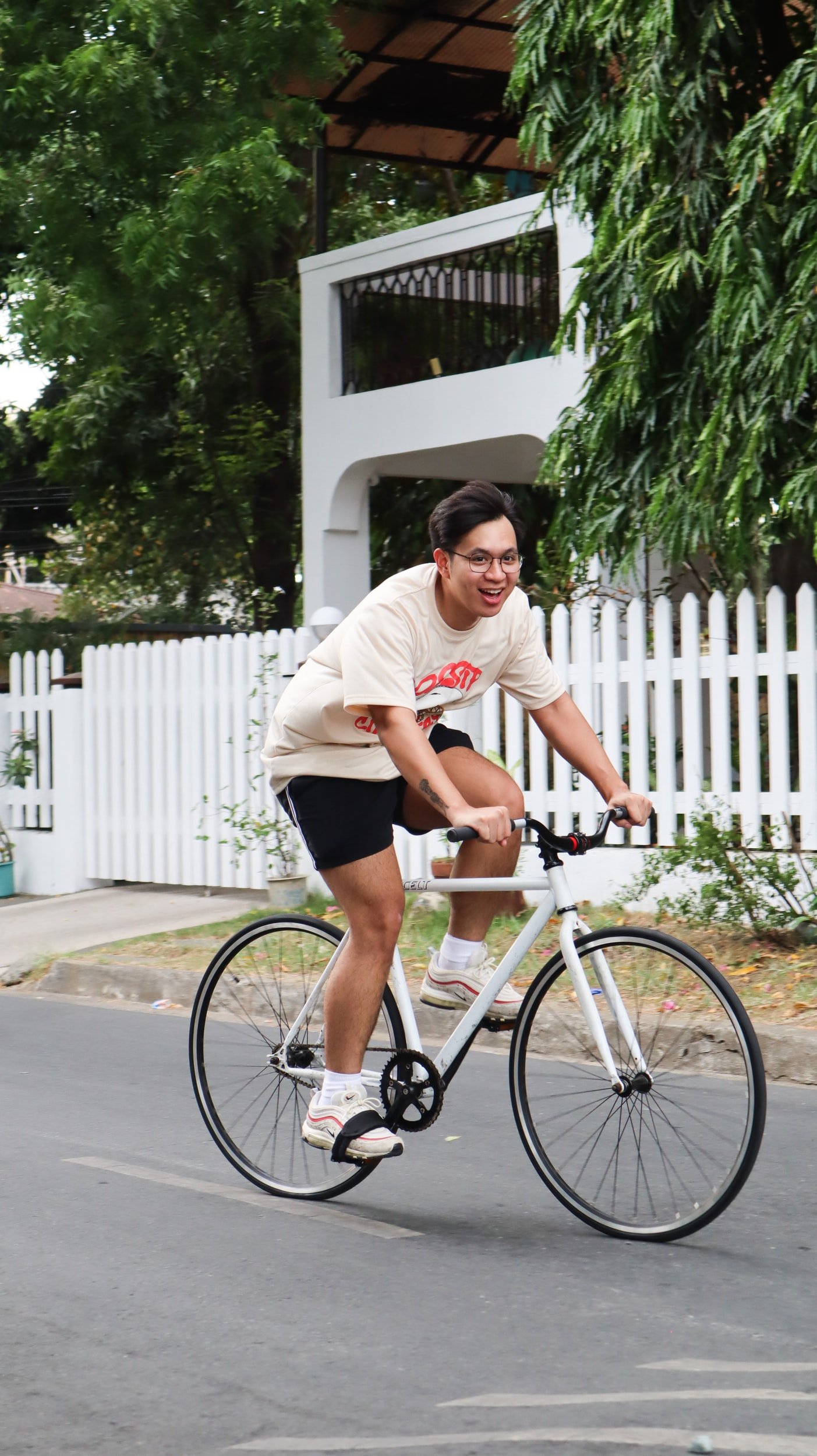By Heather Caldwell, LPCC
Self-care is not a new term, however, how we use it now is. Self-care started gaining traction in the digital age and really gathered steam during the pandemic. In a session, when I ask clients how they might practice self-care, they often report that they don’t. They don’t have time for self-care or they can’t afford it. That they need to finish their to-do list in order to relax enough or to be worthy of self-care. That self-care feels like a chore.
When we brainstorm self-care ideas, clients report images from social media, movies, and the news where it’s often portrayed as taking a bath, eating a decadent and/or healthy meal, buying a new item because you “want it” or “deserve it” or “just because” it’ll make you feel good. Self-care is taking a “mental health day” from work and calling in. Self-care is scheduling a massage, a pedicure, or a facial. Self-care is often portrayed as spending money. Self-care is often viewed as something only for those who identify as women.
To be clear, there is nothing wrong with any of the above being part of someone’s self-care regime. In fact, doing a quick online search for “self-care” will offer plenty of links offering some of the aforementioned items on their top 10 ways to practice self-care. And let’s face it, massages feel wonderful and are 100% supportive of our mental, emotional, and physical health.
However, this view of self-care comes from a position of privilege and may not actually support a person’s mental, physical, and emotional wellbeing.
What Is Self-Care?
First, let’s talk about what self-care is NOT. Self-care is not self-indulgence. Self-care is not about numbing out or distracting yourself. Self-care is not about instant gratification. Self-care is not about the misuse or abuse of substances. Self-care is not about working on oneself or trying to better oneself at all costs. Self-care is not people-pleasing (see Lyz’s blog post on creating healthy boundaries).
Mostly though, self-care IS NOT self-centered or selfish.
At its core, self-care is the ability to care for oneself. Self-care is putting oneself first in order to have their basic needs met. It’s taking action(s) to promote the physical and mental wellness of an individual, a family, and a community.
According to the World Health Organization (WHO), the fundamental principles for individual self-care include things such as “self-reliance, empowerment, autonomy, personal responsibility, and self-efficacy” as well as the principles for greater community self-care include items such as “community participation, community involvement, and community empowerment.”
WHO states that self-care is a broad concept that encompasses several domains, including:
hygiene (general and personal);
nutrition (type and quality of food eaten);
lifestyle (sporting activities, leisure, etc.);
environmental factors (living conditions, social habits, etc.);
socioeconomic factors (income level, cultural beliefs, etc.);
and self-medication/medical care for any current illness or disease.
With these categories in mind, there is no one size fits all approach to self-care. So, how do we rethink self-care in order for it to be supportive and meet our unique needs?
Rethinking Self-Care
If you think about self-care as taking care of yourself, and we are all unique, then self-care can look like a lot of things. What is self-care for one person might be a distraction or maladaptive for another. Below, I break down several examples of self-care based on the WHO’s domains. As you read through these, think about which areas you might need some self-care in and what that might look like for YOU.
Hygiene: For some who have the means, hygiene self-care might look like a facial to help with acne, dry skin, or to feel good. To others, it might look like a new bath or hand wash, new lotion or beard oil, or a haircut/beard trim. During a pandemic, self-care might look like sewing a new face mask, washing your hands, or putting a few drops of scented oil in your hand sanitizer. When in the throes of depression, self-care might look like changing into clean clothes, brushing your teeth, taking a shower, or changing the bedsheets. Self-care can look like taking the garbage out or cleaning the refrigerator.
Nutrition: Most “self-care” lists include eating a healthy meal. While this might be excellent advice for some, it might not fit for others. If you’re on a budget, self-care might look like meal planning or finding some new low-budget recipes. For those who are time-crunched, self-care might look like batch cooking Sunday afternoon so you have more time during the week for yourself or spend with loved ones. For those who have the means but don’t want to spend time planning meals or thinking of what to make, ordering a meal prep service can be a huge act of self-care. Sometimes self-care is making a simple box of macaroni and cheese and opening a bag of salad. And sometimes self-care is making occasional homemade cookies or a lemon pound cake.
Lifestyle: Oftentimes lifestyle self-care lists seem to cost money. They generally include things like planning a vacation, going to a sporting event, movie, or concert, or joining a gym. It doesn’t have to cost money though. Lifestyle self-care can be eliminating things that no longer serve you, such as overspending or binge-eating. After a hard day at work, self-care can look like getting into your comfy clothes and snuggling with a two- or four-legged loved one. Or maybe even adopting a 4-legged friend! It can include getting rid of clothes that no longer fit you and trigger your internal critic. Sometimes self-care can include reward stacking - such as inviting a friend along while you run errands. Costco is way more fun with a friend, plus you can double-dip into economic factors by having a friend split bulk items with you. Or going to a community yoga class, checking out a free HIIT workout video on YouTube, throwing hoops with a friend, or tossing a ball with your kiddo. Maybe lifestyle self-care is scheduling a weekly or monthly date with yourself to do something you want to do like read a book, go for a walk, or visit the free day at the museum, just as you would schedule a doctor’s appointment. Or if you have time, it could be volunteering for a local agency such as Big Brothers & Big Sisters, a food bank, or an animal shelter.
Environmental factors & Socioeconomic factors: Environmental and socioeconomic factors can be harder for some to implement as they often require bigger commitments to change. To start though, self-care might look like creating a budget and sticking to it. You might decide to ride your bike rather than drive the car. It could look like canceling plans in order to make space for yourself. Or maybe it’s connecting with or finding your spiritual community and activist community. It could be seeking support to create rituals that help you connect to your ancestors. If your job allows for it, you can double-dip by giving back to the community through work. For example, during work hours you could host a community workshop teaching a skill you have at a domestic abuse shelter or library.
Medical support: Self-care under this domain can look like taking your medicine, scheduling labs to have your blood levels checked, or picking up your contact lenses. It could be scheduling the doctor’s appointment, the mammogram, prostate examination, or colonoscopy you’ve been putting off. Self-care can look like your weekly therapy sessions. It can also look like creating a will, signing an advanced directive, or establishing your end-of-life care.
How you view self-care, and whether you believe you are deserving of it or not, points to many internalized messages about your self-worth, agency, and cultural social narratives. It also contributes to the subconscious ways in which you might self-sabotage or self-neglect. I’ll visit the reasons it might be hard to implement self-care, as well as tips to help work through them, in my next blog.
If you or someone you know needs support, you are not alone. Please reach out. The therapists at Evolve in Nature are here to help support you along your healing journey.









